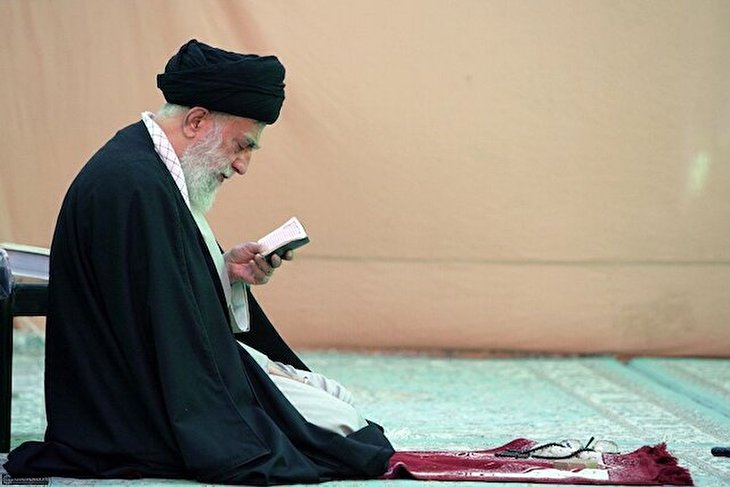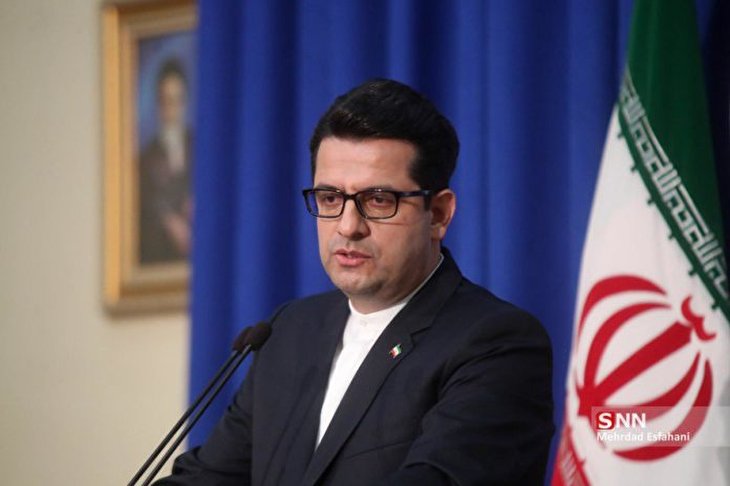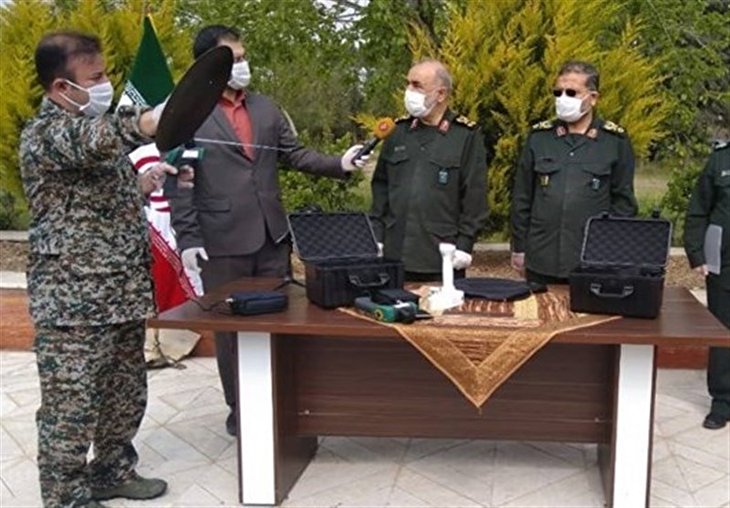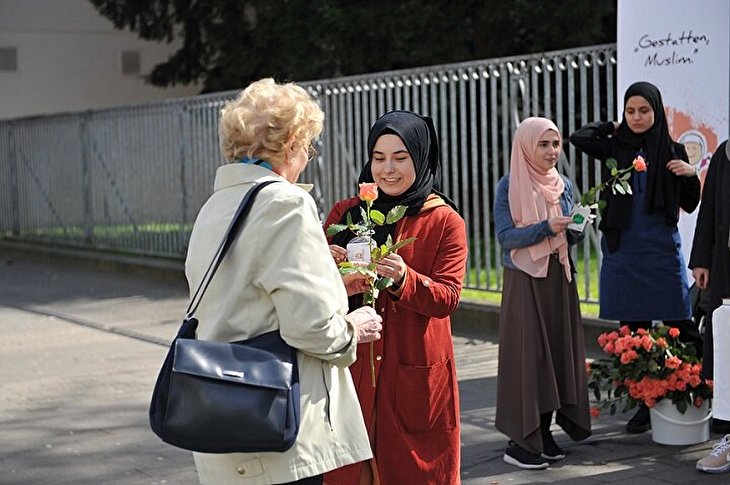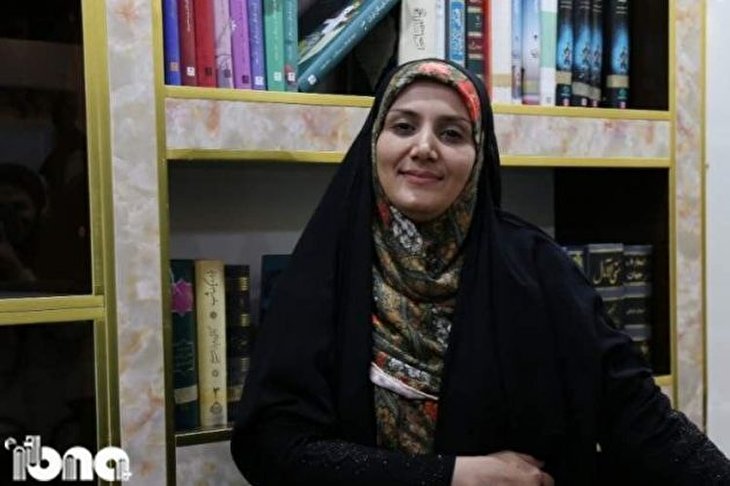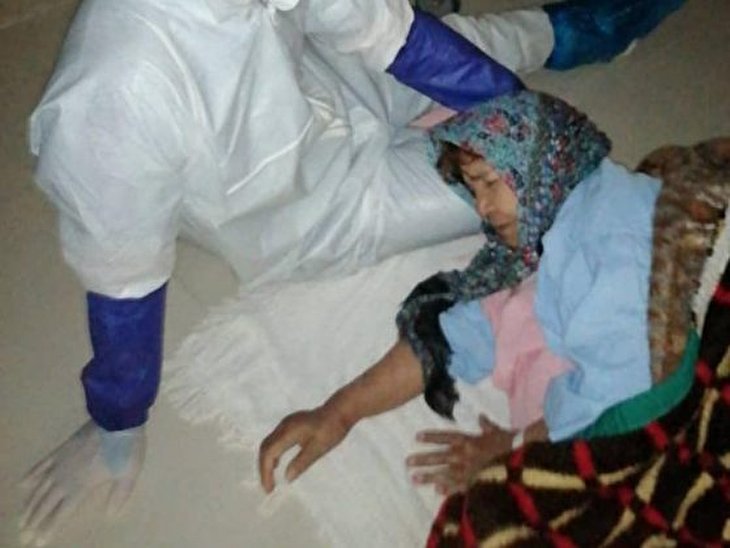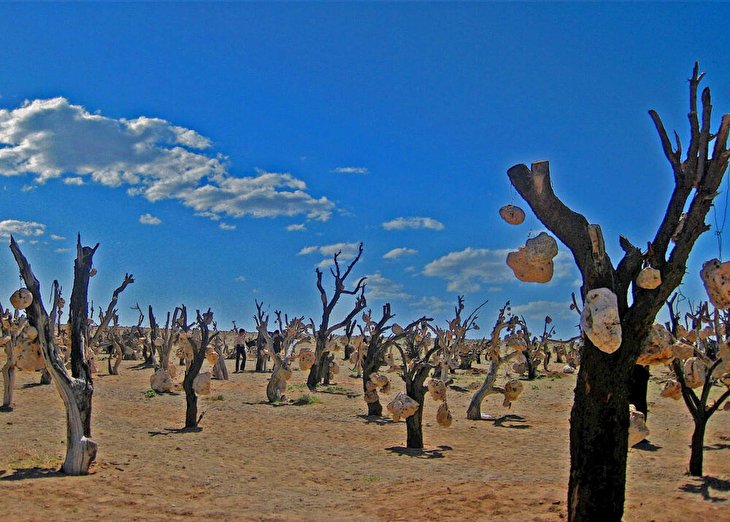
Discover Neanderthal tooth, Iron-Age funerary offerings at Tehran show
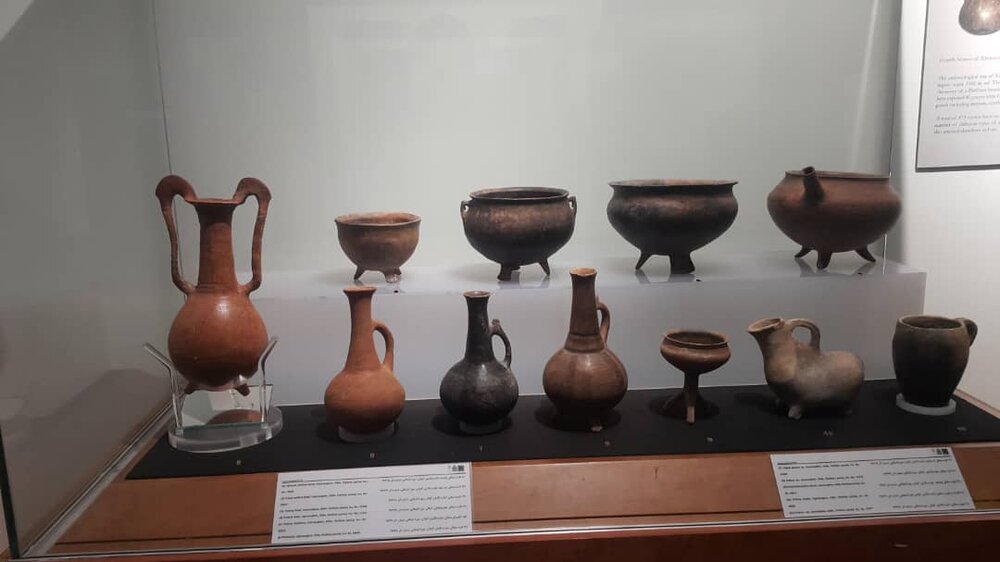
Discovered in 1999 in a cave called Wezmeh near Kermanshah, west of Iran, the fossilized tooth is probably be the most striking element in the exhibit as it bears the first evidence of Neanderthals once lived in Iran. The tooth was previously thought to belong to a modern human.
“It turns out that a fossilized tooth found decades ago in the Zagros Mountains did not belong to a modern human as previously thought, but rather to a Neanderthal child who lived between 70,000 and 40,000 years ago,” ARCHAEOLOGY magazine, a publication of the Archaeological Institute of America, cited as one of the ten most important archaeological findings in 2019.
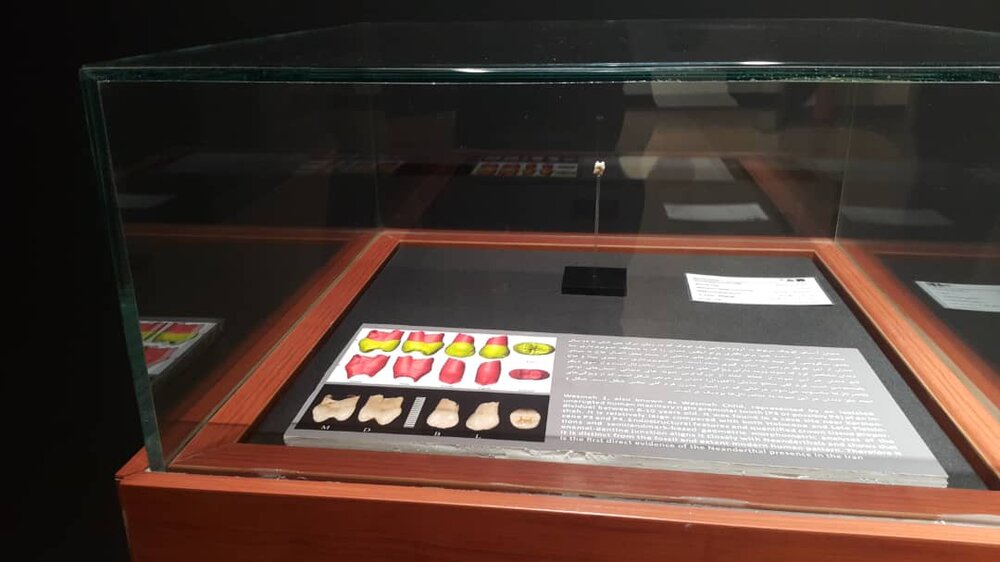
“A recent reexamination using modern techniques established the new dating and identification. The researchers say it is the first evidence that Neanderthals once lived in this area of present-day Iran. The species roamed across much of Europe and Western Asia before going extinct 40,000 years ago.”
According to the Public Relations unit of the Iran National Museum, the results of the study by paleoanthropologists and archeologists at the Iran National Museum, University of Poitiers, University of Bordeaux, Iran’s Research Institute for Cultural Heritage and Tourism, and Bioarchaeology Laboratory of the University of Tehran confirmed the existence of Neanderthals in Iran.

Being held on the sidelines of the 17th Annual Symposium on the Iranian Architecture, which was held on February 18 and 19, the exhibit also features types of clay works, engraved stones, earthenware, primitive weapons, jewelry and personal belongings, bronze objects such as gauges, mirrors, medallions, buttons, needles, ornaments, types of rings, buckles and Iron objects such as scissors, ILNA reported on Tuesday.
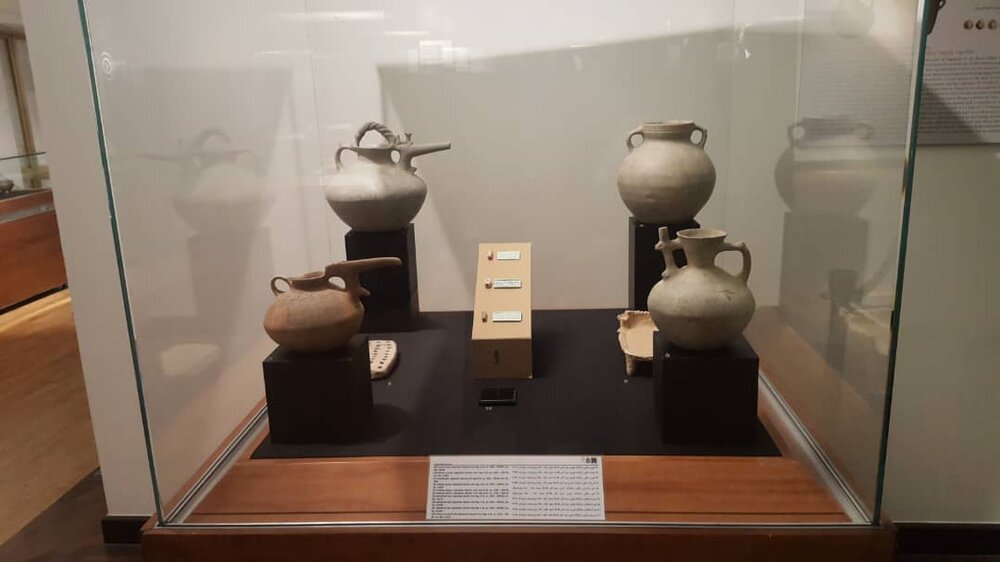
Sections of the show are dedicated to fresh discoveries in Amlash, an archaeological site in northern Iran, which yielded dozens of tombs and catacombs estimated to date back to Parthian (247 BC–224 CE) and Sassanid (224 CE-651) eras based on radiocarbon dating tests.
Source: TehranTimes
